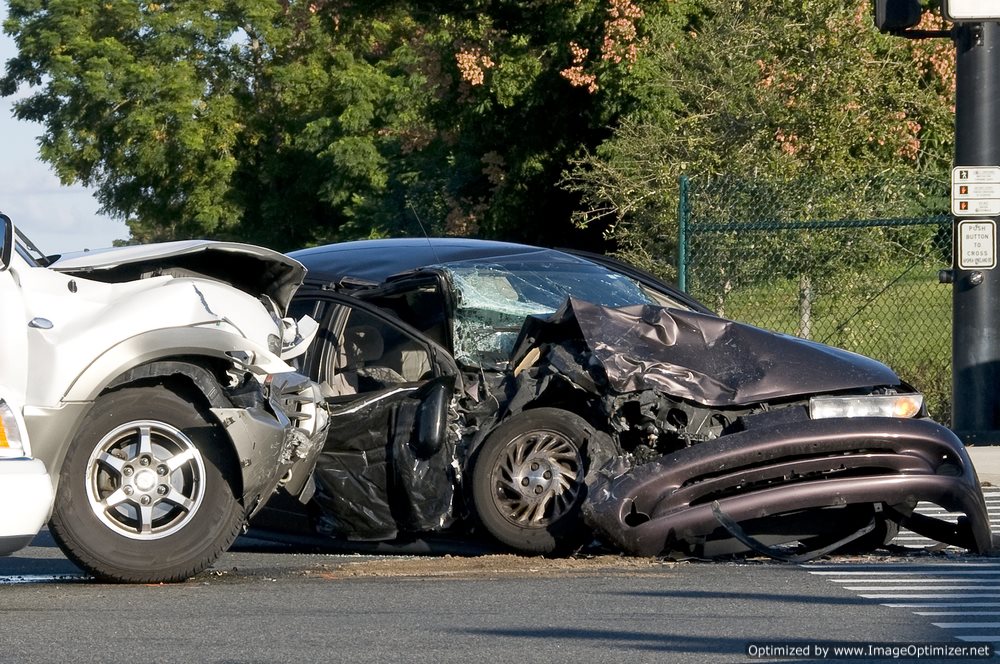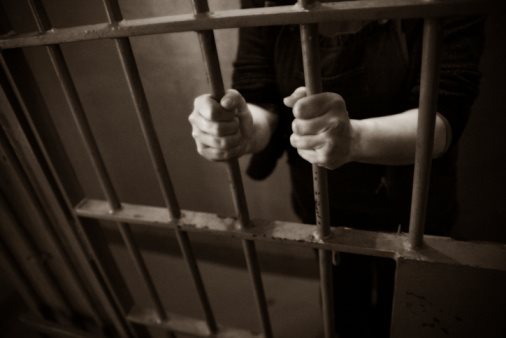The Truth About Auto Accidents
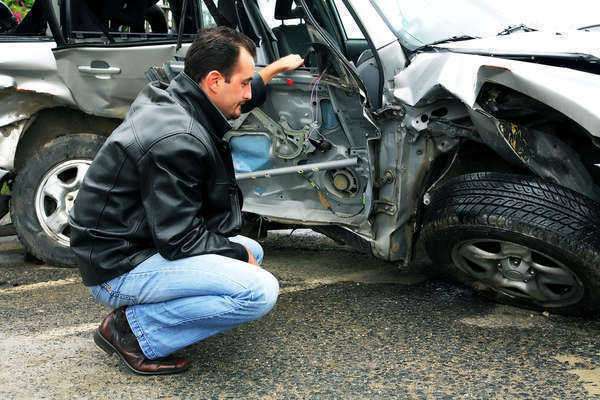

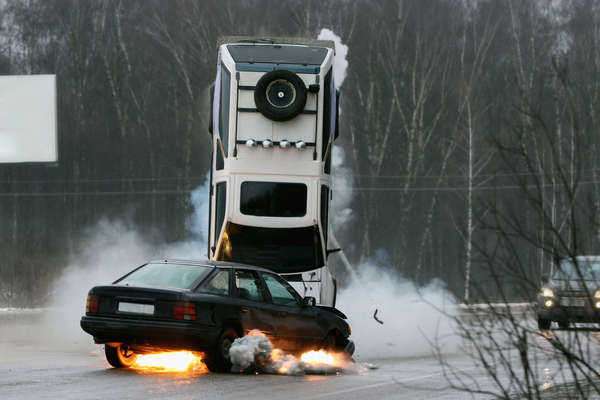

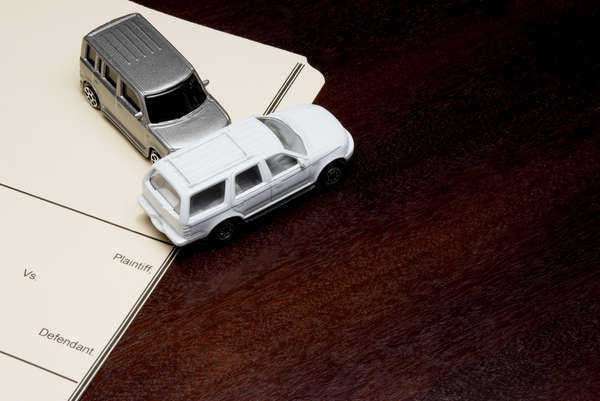
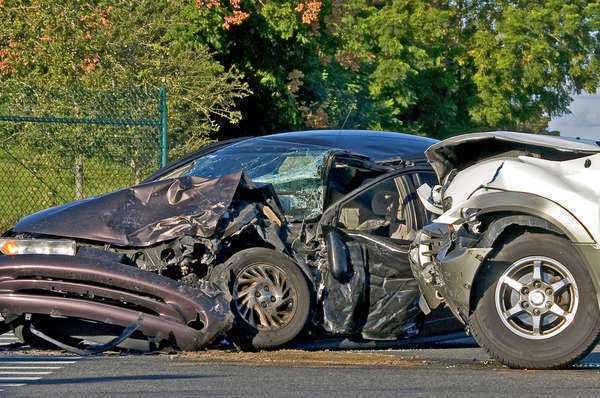
What is Car Accident?
A Car accident is an event that occurssubsequent to the collision of one or more Cars within the spectrum of public roadways amidst vehicular transportation. Within the events taking place due to a Car accident, there exist a wide range of variables, case, details, and circumstances with regard not only to the explication of the event itself, but also the events following the Car accident; this may consist of the health and wellbeing of the victims involved, the punitive recourseattributed to the liable party, as well as any damage sustained by the Car involved. Contact a car accident lawyer for legal advice and assistance.
Car Accident Pictures
The expanse of these particular case details may be identifiable upon studying Car accident pictures, Car accident case details, and applicable police reports. Car accident pictures may range with regard to not only the depictions portrayed, but also with regard to the nature of the Car accident itself; due to this variance, the viewing of Car accident pictures may provide for a vast array of causation, recounting, and undertaking innate within each, individualCar accident.
Types of Car Accident Pictures
Due to the fact that expanse latent within car accidents is limitless in conjunction to respective circumstances, the varying nature and depiction inherent within car accident pictures shares this expansive nature; Car Accident Pictures may not only portray the driver of the vehicle, but also any or all victims or injured parties – this can include pedestrians, cyclists, passengers, and bystanders:
Car Accident Pictures of DWI and DUI Accidents
Driving while intoxicated (DWI) and Driving while Under the Influence (DUI) are amongst the most common causes of vehicular injuries and associated fatalities within the statistical realm of car accidents; car accident pictures portraying the results of these types of accidents can range in their respective depictions; while certain car accident pictures conveying DUI or DWI accident may illustrate minor damage and injury, a large majority of car accident pictures depicting these types of accidents portray a more grave image – almost half of all automobile-related fatalities are attributed to impaired driving.
Car Accident pictures may be utilized as educational tool with regard to the education of both new and veteran drivers upon conveying the dangers of drunk driving; these types of car accident pictures serve to illustrate the damage caused upon the operation of a car subsequent to the consumption of illegal drugs, alcohol, or controlled-substances.
Car accident pictures may also serve to assist in the investigation with regard to curbing drunk driving; the studying of these types of car accident pictures may serve as operational guidelines portraying similarities and specifications within a driver’s impaired operational ability to safely operate a car.
Car Accident Pictures for Insurance Purposes
In order tocomplete to the filing process of a car accidentclaim to its fullest extent– including the satisfaction of all required documentation applicable – the taking of car accident pictures is encouraged in order to substantiate applicable insurance claims and damage reports; the snapping of car accident pictures can serve as evidential proof of the damage that occurred at the time of the accident. Not only does a taking car accident picture allow for insurance companies to better determine necessary surcharges and repairs, but car accident pictures may also serve as testimony with regard to avoiding insurance fraud.


Car Accidents Defined:
A car accident, which is also referred to as a traffic collision, occurs when a motorized road vehicle collides with another vehicle, a pedestrian, a structure, road debris, or other geographical obstacles.
Car accidents can range in severity; however, the unfortunate is prevalent and can precipitate a headache in regards to litigation, dealing with insurance companies and evaluations involving liability. The processes attached to car accidents are necessary due to the situation’s ability to perpetuateinjury, property damage, and death. As a result of the damage that can arise from a traffic accident, there are numerous legal issues that are tied into a traffic collision. If you need legal advice and assistance, contact car accident lawyers.
Traffic accidents are defined as accidents that involve motor vehicles. Furthermore, traffic accidents can be classified as any mishaps or unintended occurrences that exist outside of the intended use and operation of a motor vehicle. However, traffic accidents are not strictly specific to vehicles; the legal definition of a traffic accident includes the involvement of any entity within a scenario and/or circumstance involving traffic patterns, established roadways, and vehicular transport – this can include bicycles, motorcycles, and pedestrians.
A number of factors contribute and accelerate the risk of a car accident including; the speed of the vehicle, the vehicle’s design, the road’s design, and the character or mood of the driver.
Car accidents are typically classified by mechanism. Common mechanisms of a car accident include: Head-on collisions, rear-end collisions, side collisions, rollovers, and run-off-road collisions.
Causes of Car Accidents
There are a wide variety of causes that can precipitate a car accident. The cause of a particular car accident is crucial to understand, for fault and subsequent legal charges will be administered given the nature of the accident. The most common of which are listed below:
1. Driver Error- This is the most common cause of car accidents; common driver errors which contribute to a traffic collision include: Failure to yield, tailgating, driving at excessive speeds, unsafe passing, and a disregard of traffic control devices as well as traffic laws.
2. Intoxication- Operators of motor vehicle whose ability to drive is impaired as a result of the consumption of drugs or alcohol.
3. Vehicle Defects- Car accidents can result from a defect with a driver’s motor vehicle. Tire blowouts, brake failures, or other mechanical failures are common defects that can precipitate a car accident.
4. Distractions- When the driver’s attention is diverted from the road the probability of getting into an accident drastically increases. Distractions can occur from outside the car, such as observing landmarks, or they may occur inside the vehicle, such as when the driver attempts to make a phone call or toggle with the radio.
It is important to understand the causes of a particular car accident, for any legal issues or attempts to seek justice (financially or through punishment) will evaluate the state of the driver’s before the accident as well as their efforts to follow traffic laws.
Litigation after Car Accidents
Not every car accident will result in litigation; typically resolution will occur in those incidences where nobody is injured or minor injuries are present through claims for medical care and property damage made through the driver’s car insurance companies. The greater the damage or injuries that result from a car accident, the more likely a lawsuit will follow.
If a death results from a car accident, the law enforcement agencies on the scene will investigate the causes that lead to the accident. Serious charges such as vehicular manslaughter can arise, if it is found that one of the driver’s was intoxicated, distracted, or that the death was precipitated by a negligent action or a maneuver that violated the jurisdiction’s traffic laws
Those cases which require litigation will be administered through the local court system where the accident took place. It is suggested that the involve parties hire a legal attorney who specializes in automobile accidents to initiate and expedite the claim.

